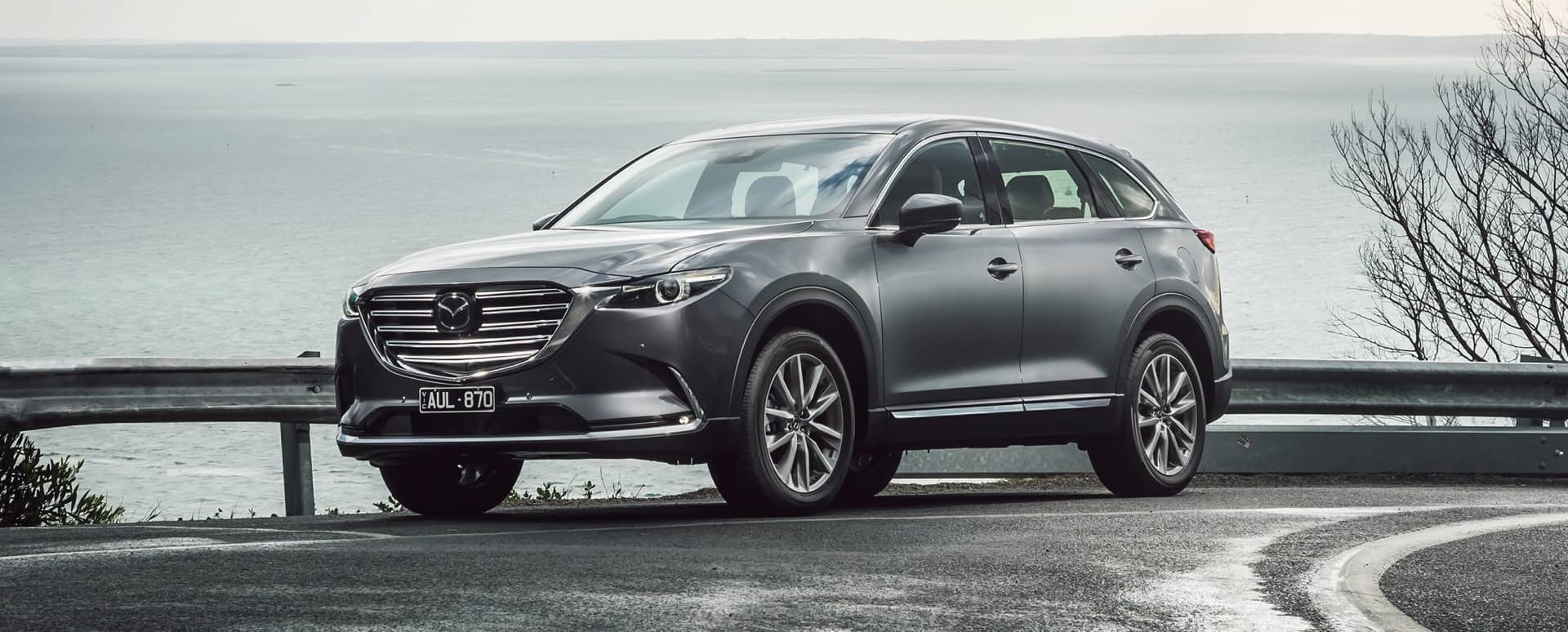

What to look for when you're buying a new car
When you consider that buying a new car is likely to be the second biggest purchase you make in your life behind your house, then it makes sense to be prepared. With a huge variety of models, grades, specs and prices on offer, it pays to know all the relevant facts upfront.
Before you get too far into the detail, it’s important to properly define how you intend to use your new car.
Are you planning on doing lots of travelling, or is your new car a simple A to B runabout? Will you be using it for car-pooling, school drop-offs and pick-ups? Is roadside assistance something you need?
Asking yourself these sorts of questions can help you find the car that’s right for you. So, to help get you started, we’ve put together a helpful guide of things to consider when buying a car.
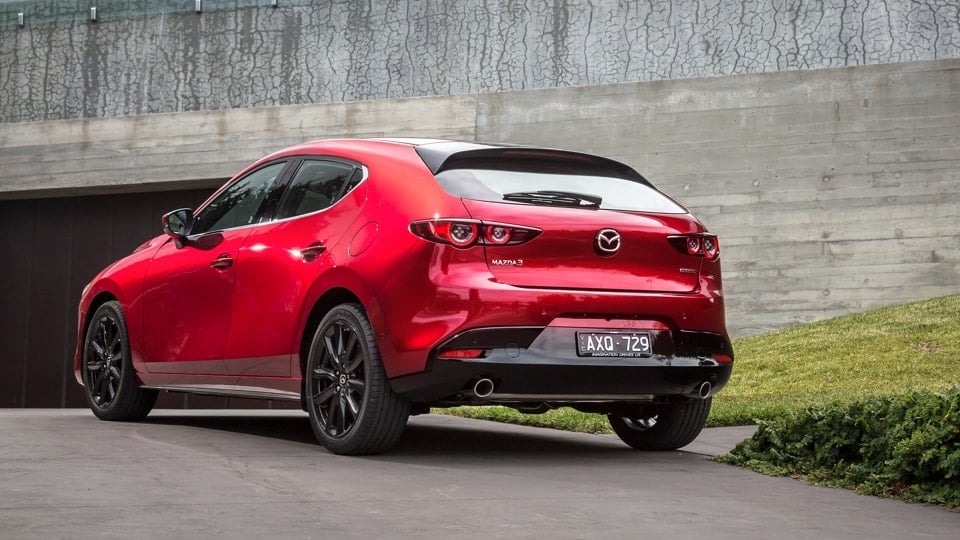
1. Determine how you will use this car
This is the best place to start as it will determine the size and type of car to buy that best suits your needs. If you plan on doing mostly short distance driving around the city, a smaller car could be a good option.
If you’re buying your new car for work, depending on the job, a ute or a sedan might be a better fit.
Or if you’re likely to have multiple passengers on a regular basis and need room for luggage or sports equipment, then perhaps a larger SUV is the car for you.
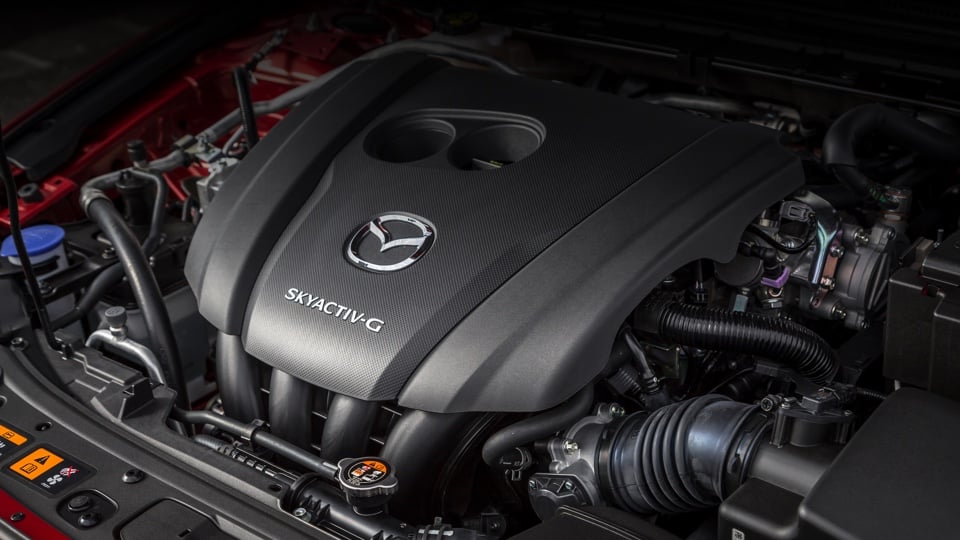
2. Check the fuel efficiency
We all want our cars to be as efficient as possible, because that means cleaner driving, less time at the pump and more time on the road. However efficiency isn’t just about what’s under the hood, how you intend to drive your car is just as important.
If you’re planning to do lots of long-distance driving for work or on the weekend, a diesel option could give you better mileage. But perhaps you live inner-city and do a lot of start-stop driving. In that case buying a car with a petrol engine could be a better fit.
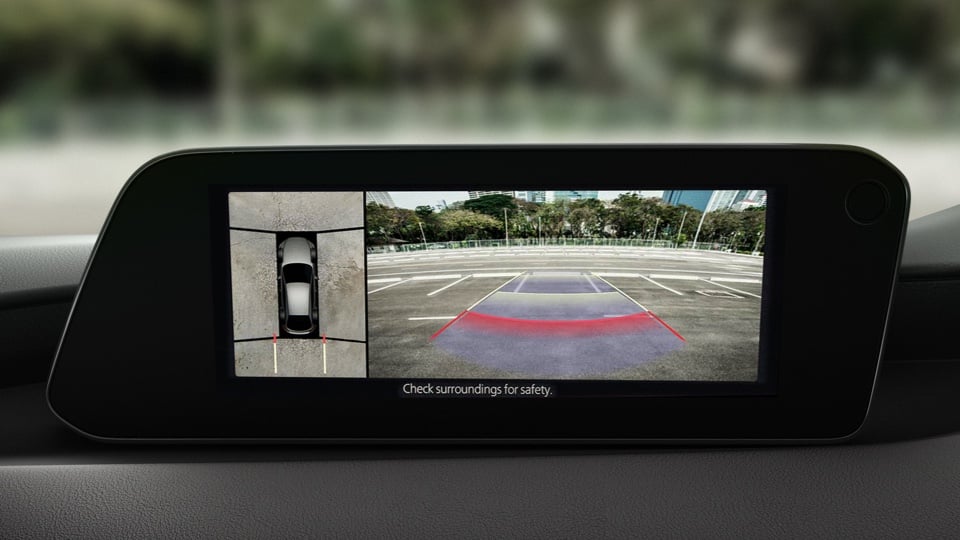
3. Think about what safety features are important
When it comes to safety, the best place to start is by checking the ANCAP rating of the vehicle. The entire Mazda range, comes with a 5-Star rating, but every manufacturer is different.
Next, take a look at the specific safety features you’ll find in each car. It’s not just the model that changes what safety features are available, but the grade of that vehicle too.
So, if you want to buy a vehicle with a Lane Departure Warning (LDW) feature for example, you’ll need to examine the product details to determine which grades it’s available on and choose accordingly.

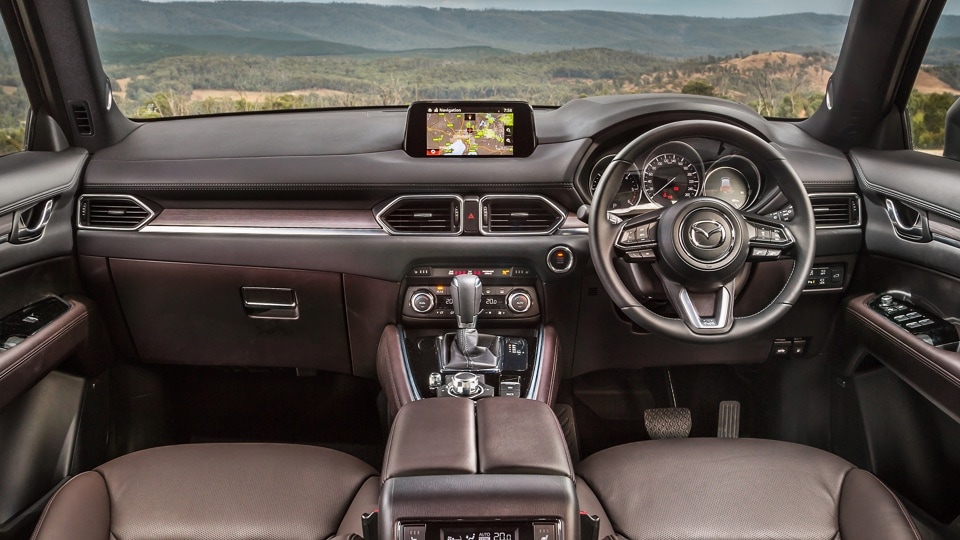
4. Look at what technology you need
When deciding what sort of technology you’re after in your new car, it’s important to consider how you’re planning on using it on a day to day basis and if the feature in question adds value.
If you’ve got a job to do and need something like a Single Cab Ute, you might want Apple CarPlay® and Android® Auto, but probably don’t need something like Active Driving Display.
Alternatively, if you’re intending to move your family in comfort and style, Advanced Climate Control as well as heated and ventilated seats might be for you. A power tailgate might come in handy too. It all comes down to why you’re buying your new car in the first place.
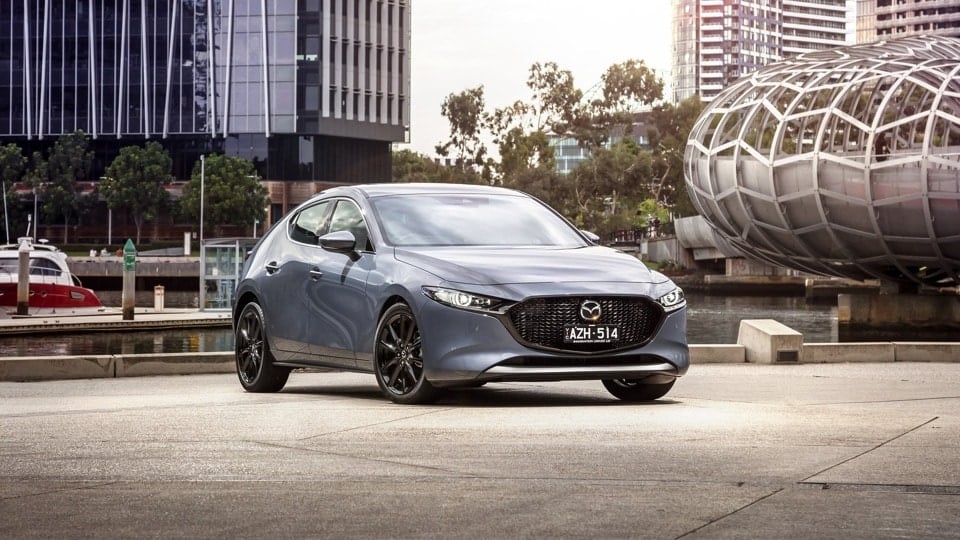
5. Explore your insurance options
We all like to give our precious objects the level of care they deserve. Car insurance offers the ultimate safeguard to protect one of your biggest assets from accidental damage or theft.
Whilst there are lots of different third-party insurance options, many manufacturers, including Mazda, also offer their own insurance plans as well. That can come with some serious benefits like guaranteed genuine parts and new-for-old vehicle replacement.

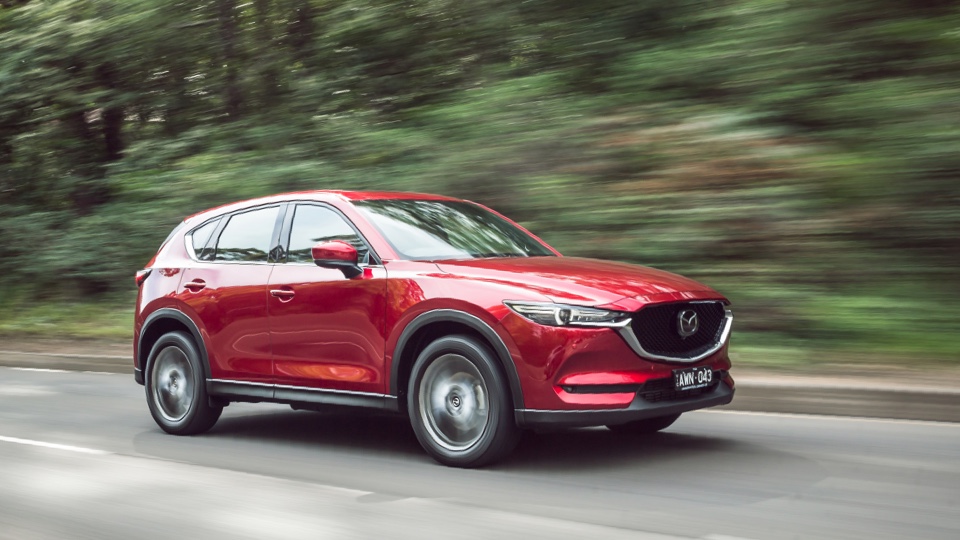
6. Consider Roadside Assistance
At some point, you might be unlucky enough to come across a pothole. Then all of a sudden, you’re stuck on the side of the road with a flat tyre.
That’s where Roadside Assistance comes in. It can turn the very expensive, time-consuming exercise of organising your own transport and repairs, into one phone call that will get you back on your way sooner.
Before purchasing Roadside Assistance, it’s worth checking if the manufacturer offers it as a complimentary service. Mazda offers 5 years Premium Roadside Assistance, so it pays to check.
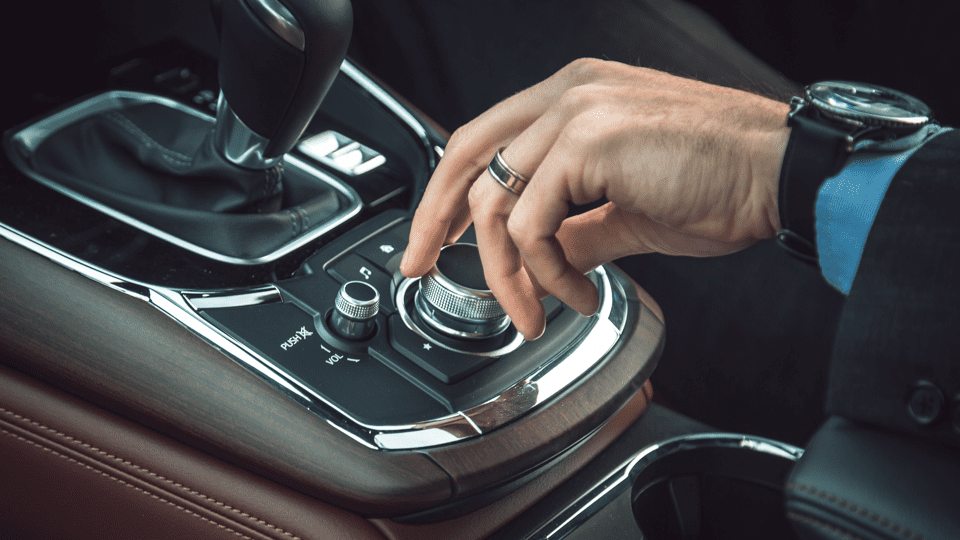
7. Analyse the warranty
These days when you buy a new car, it will come with some sort of warranty. This is a written guarantee provided by the manufacturer promising to repair or replace the vehicle if necessary, within a specified period of time.
Where things differ is for how long your manufacturer’s warranty covers you. Some put restrictions on the distance travelled, others set an amount of years from the time of purchase. Mazda offers a 5 year unlimited kilometre warranty, so it’s worth doing the research to determine what length of time you feel comfortable being covered.
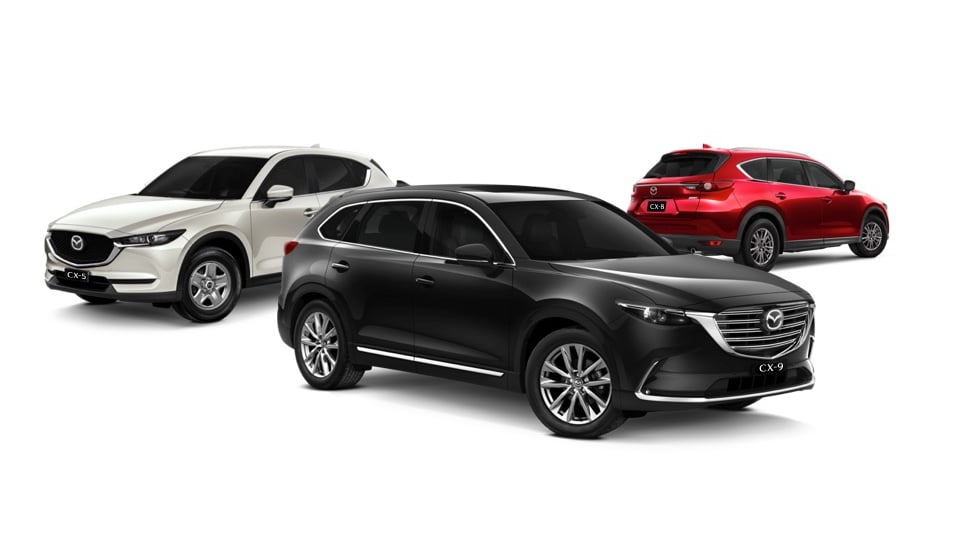
8. Compare the Mazda Range
Now you’ve got an idea of what to look for when buying a car. If you’d like to compare what’s available in our Mazda range or even build your own Mazda, simply click the links below.